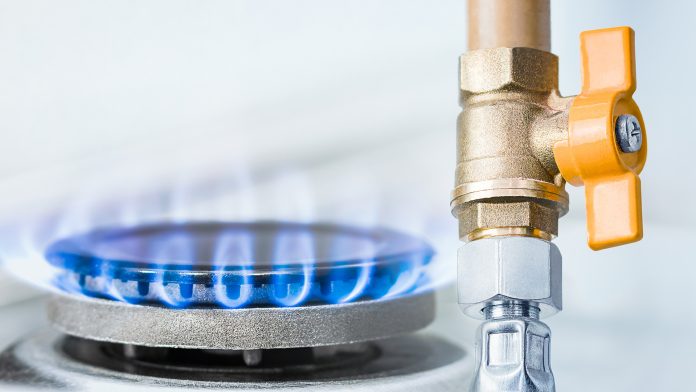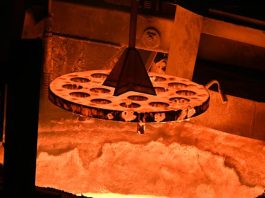A new reactor design converts CO2 emissions from small boilers into methane fuel, offering a promising approach to combating climate change.
Researchers are exploring alternative approaches to mitigating the environmental impact of CO2 emissions from boilers – one approach is to capture the CO2 emitted from these systems and convert it into a useful product, such as methane.
To implement this strategy, a specific type of membrane reactor, the distributor-type membrane reactor (DMR), is needed that can facilitate chemical reactions and separate gases.
While DMRs are used in certain industries, their application for converting CO2 into methane fuel, especially in small-scale systems like boilers, has remained relatively unexplored.
This research gap was addressed by a group from Japan and Poland, who were led by Professor Mikihiro Nomura from Shibaura Institute of Technology and Professor Grzegorz Brus from AGH University of Science and Technology.
How DMRs enable efficient production of methane fuel
The team conducted a two-pronged approach to the problem through numerical simulations and experimental studies to optimise the reactor designs for efficient conversion of CO2 from small boilers into methane.
In their simulation, the team modelled how gases flow and react under different conditions.
This enabled them to minimise the temperature variations, ensuring that energy consumption is optimised while methane production remains dependable.
The team further found that, unlike traditional methods that channel gases into a single location, a distributed feed design could spread the gases out into the reactor instead of sending them in from one place.
“This DMR design helped us reduce temperature increments by about 300 degrees compared to the traditional packed bed reactor,” explained Professor Nomura.
Other factors influencing efficiency
Beyond the distributed feed design, the researchers also explored other factors influencing the reactor’s efficiency and discovered that one key variable was the CO2 concentration in the mixture.
Professor Nomura said: “When the CO2 concentration was around 15%, similar to what comes out of the boilers, the reactor was much better at producing methane fuel.
“In fact, it could produce about 1.5 times more methane compared to a regular reactor that only had pure CO2 to work with.”
Additionally, the team investigated the impact of reactor size, finding that increasing the size of the reactor facilitated the availability of hydrogen for the reaction.
However, a trade-off had to be considered, as the benefit of higher hydrogen availability required careful temperature management to avoid overheating.





